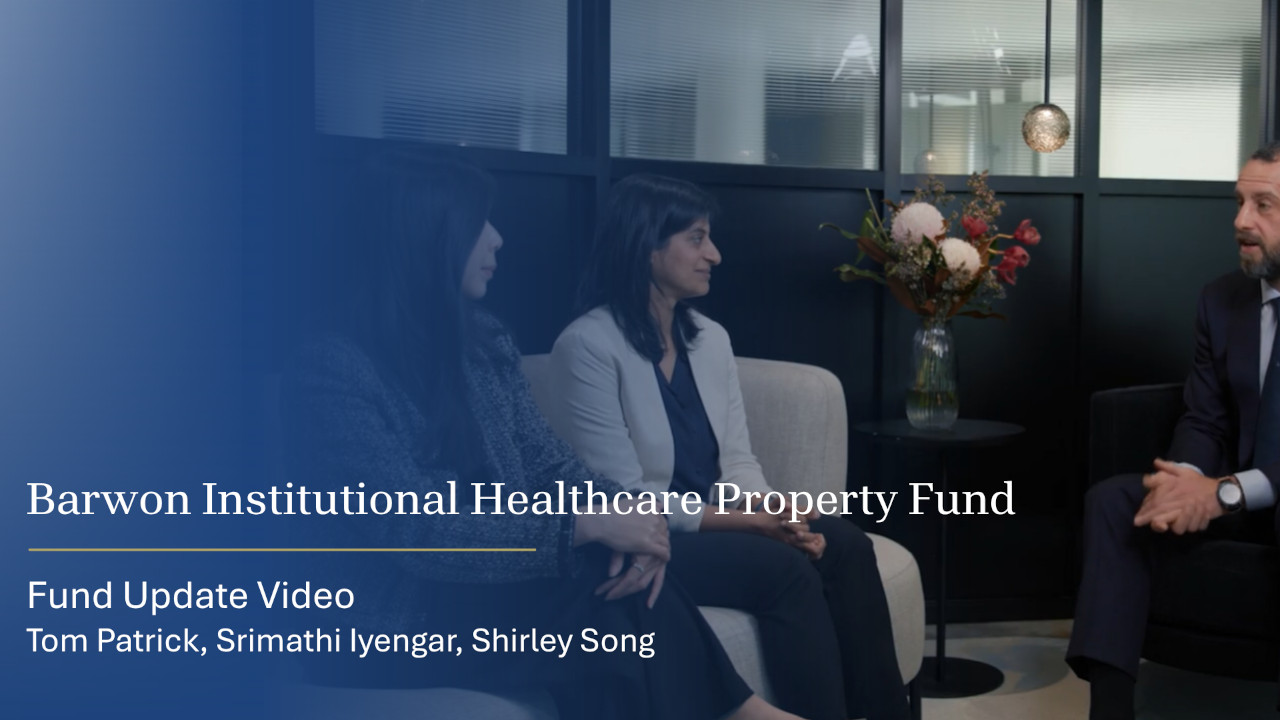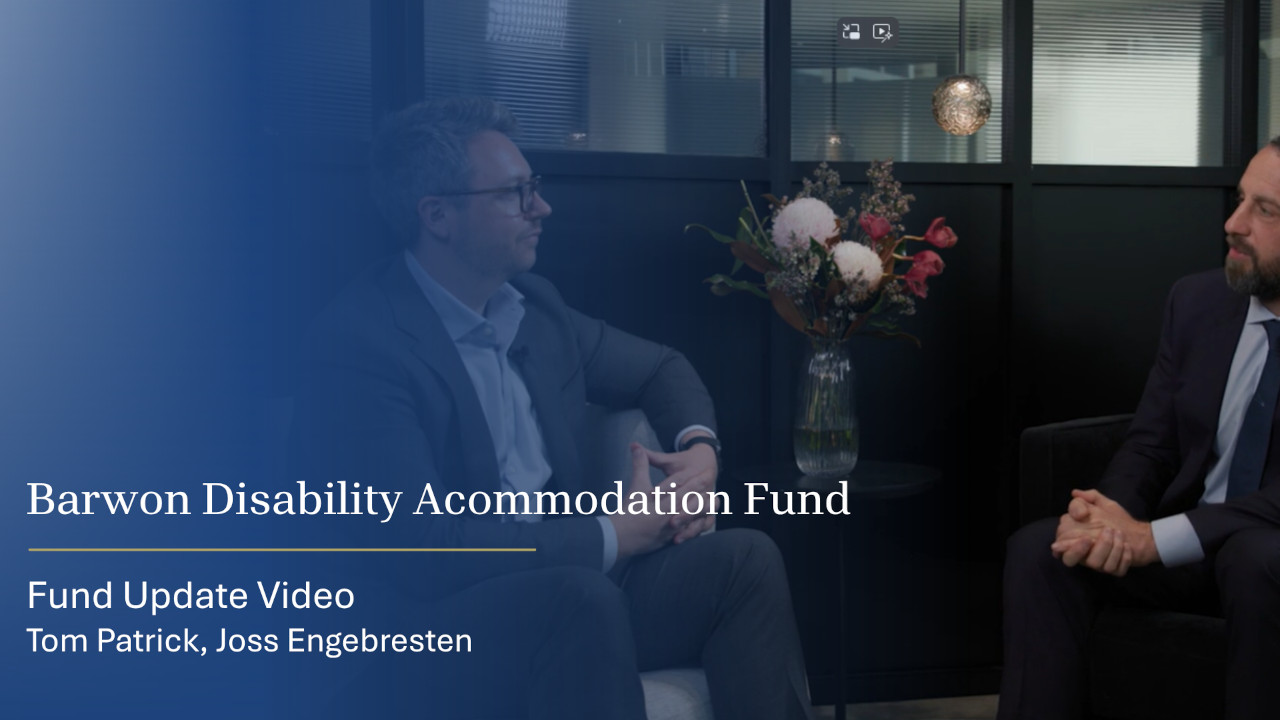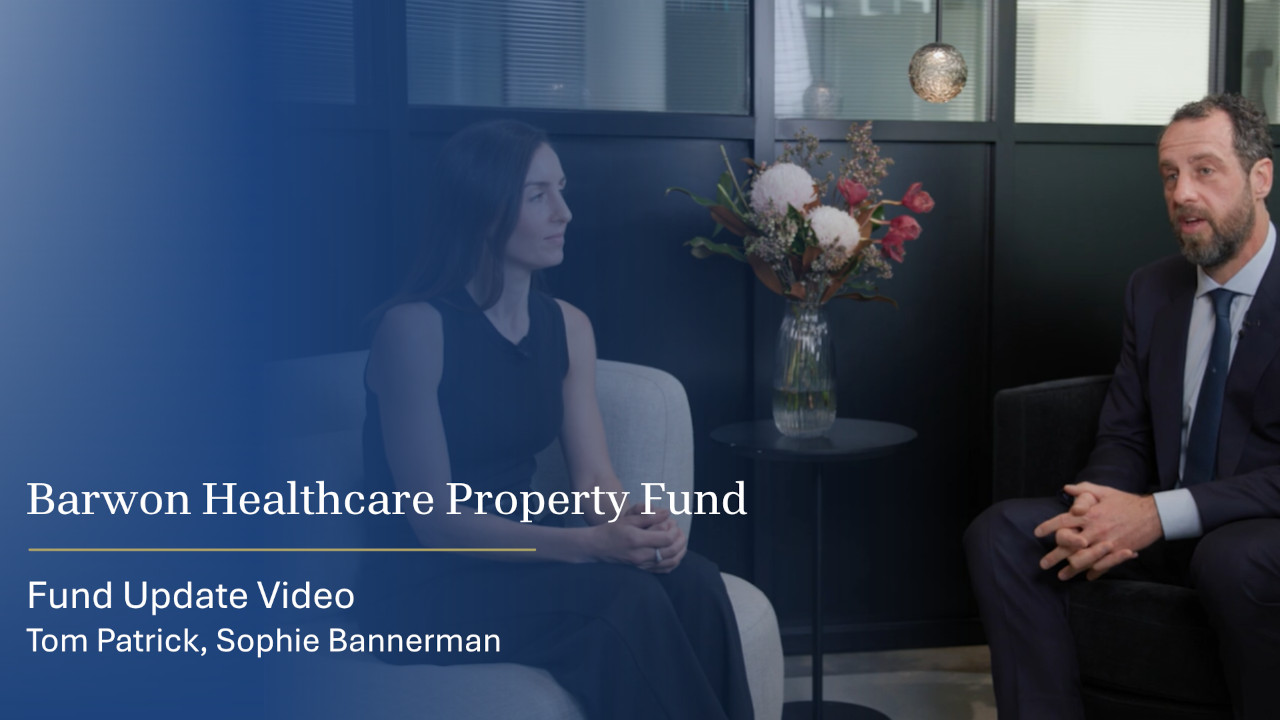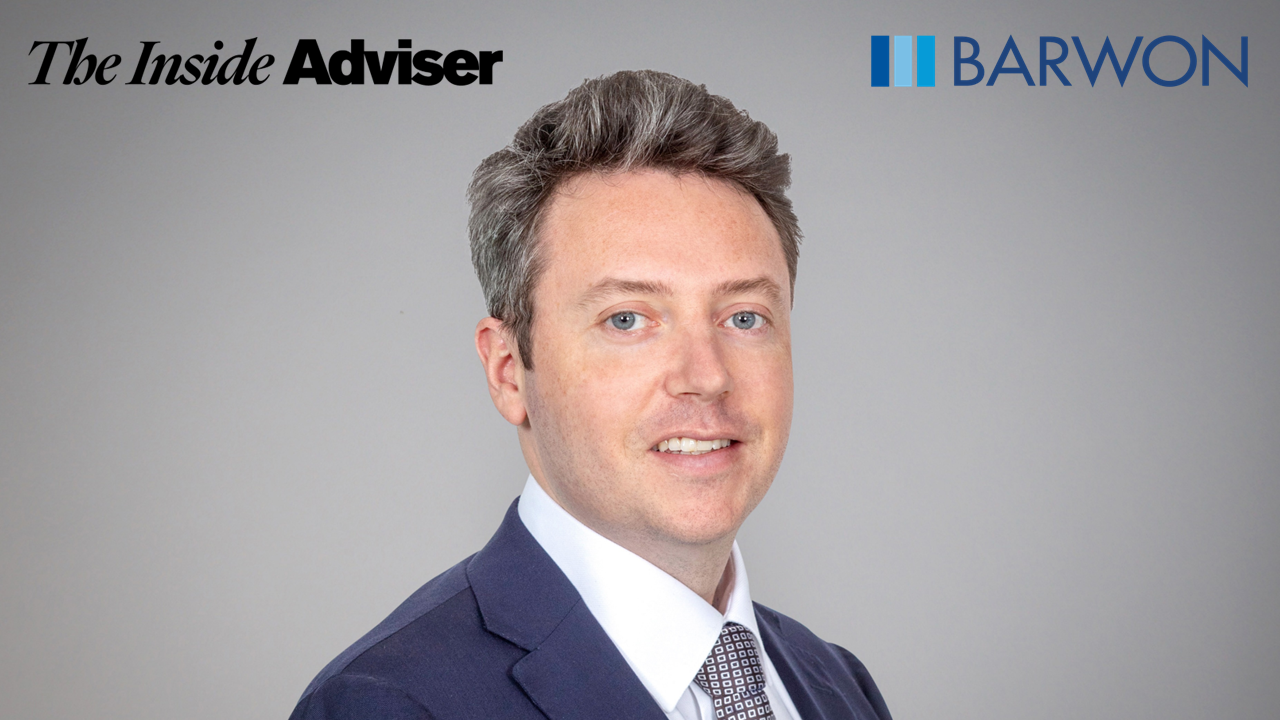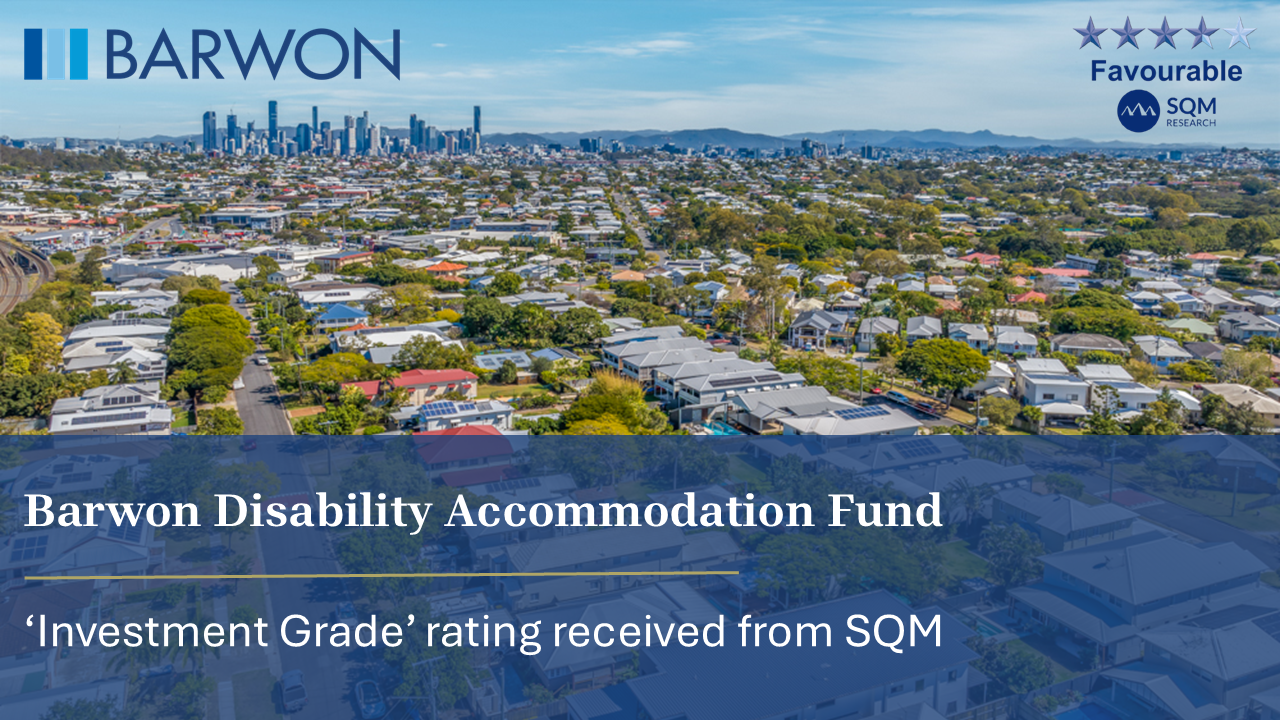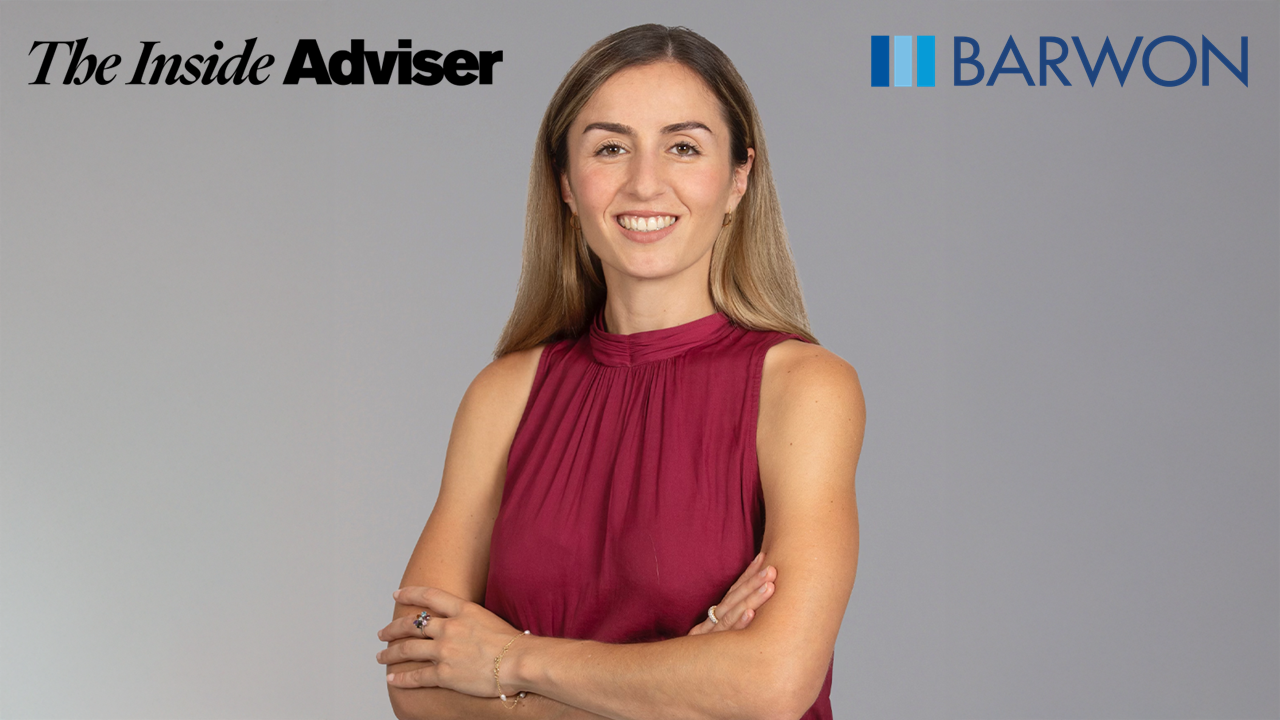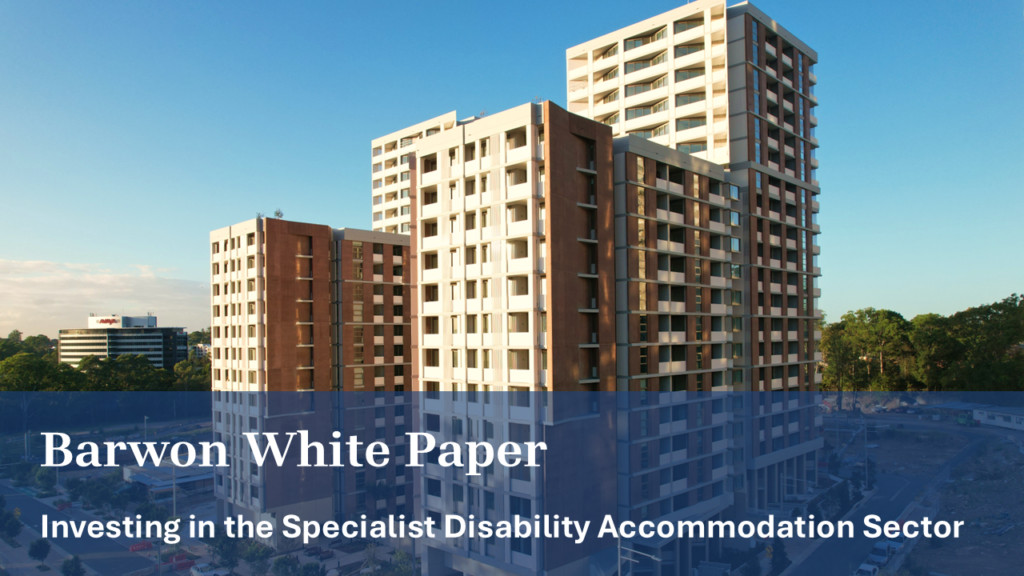Joss Engebretsen, Portfolio Manager, Barwon Investment Partners
The philanthropic landscape in Australia is on the cusp of significant change, with the Productivity Commission’s proposed reforms to the 2,200 Private and Public Ancillary Funds (PAFs), soon to be rebranded as ‘Giving Funds,’. While increasing charitable giving is a commendable objective, some of the proposed changes, particularly the near doubling of the minimum distribution rate, could lead to PAFs dialling back their long-term growth plans, chasing higher returns by moving up the risk curve, or deter allocations to more illiquid, but less impactful, investments.
The Australian Government’s consultation on these reforms, including proposals to increase the minimum annual distribution rate and to align requirements across public and private funds, aims to ensure that charitable trusts are distributing funds more rapidly. Currently, private ancillary funds are mandated to distribute a minimum of 5% of their net assets annually (or $11,000, whichever is greater), while public ancillary funds are required to distribute 4%.
While the exact new rates are yet to be finalised, the Productivity Commission has recommended setting the minimum distribution rate for PAFs between 5% and 8% of net assets. Although the intent is to accelerate the flow of capital to charities, this shift could carry unintended consequences. Critics warn it will endanger millions, if not billions, in future philanthropic giving. Without a nuanced understanding of the investment landscape, such a change risks making it more difficult for PAFs to meet their long-term objectives and could, paradoxically, reduce their ability to invest in assets that deliver both returns and socially or environmentally positive impact, the very outcomes the reforms aim to encourage.
As noted in a a recent article in the Australian Financial Review,. Alan Schwartz, businessman, social activist and a former chairman of Philanthropy Australia is supportive of the proposed changes, saying “95% if their [PAFs] capital often sits invested in assets that do little social good or even actively undermine the goals their 5% annual giving aims to acheive.”
At Barwon Investment Partners, we believe that Foundations, Endowments and PAFs should be able to achieve the distribution requirements while ensuring their underlying investments also contribute meaningfully to the social outcomes these funds are established to support.
The Accumulation Conundrum: Making it Harder to Build Long-Term Impact
The Judith Neilson Foundation Chief Executive Simon Freeman has pointed out the already high hurdle rate already required by PAF investment portfolios in order to maintain the effective giving power of their giving, “A fund distributing the minimum 5% p.a. will need therefore to earn inflation plus 5% to avoid being eroded by inflation. That is probably at the limit of what a well-diversified endowment style portfolio can return anyway; therefore, it’s likely that any perpetuity will see its value eroded over time.” he commented in a recent article in the Australian Financial Review.
An increase in the minimum distribution rate, while seemingly beneficial for immediate charitable giving, is likely to make it significantly harder for PAFs to accumulate capital over the long-term. Philanthropic entities, by their very nature, are designed for perpetuity, aiming to provide sustained support to causes. A higher distribution hurdle can constrain the ability of these funds to reinvest and grow their corpus, effectively shrinking their future capacity to generate impact. This is particularly concerning given that many PAFs have historically hovered close to the 5% minimum, suggesting this rate often acts as a binding constraint rather than a floor.
The Illiquid Reality of Impact Investments and the Search for Yield
This challenge is further compounded when considering the illiquid nature of many impact investments. Investments that genuinely deliver on social or environmental objectives, such as those in affordable housing, renewable energy infrastructure, or innovative social enterprises, are often inherently illiquid and focus on long-term capital growth rather than immediate, high-income distributions. These investments require patient capital, allowing time for projects to mature and deliver their intended social outcomes alongside financial returns.
If PAFs are compelled to distribute a higher percentage of their assets annually, the pressure to generate consistent, higher yield from their investment portfolios will intensify. This could lead to an unfortunate “search for yield” scenario, where PAFs are pushed toward more liquid, income-generating assets that may not align with their core mission of driving significant social or environmental change. The very purpose of impact investing – to intentionally generate positive, measurable social and environmental impact alongside a financial return – risks being diluted if the need for short-term distributions outweighs the capacity for long-term, transformative investments.
This could mean a shift away from crucial areas like:
Social Infrastructure: Projects that develop new essential community assets, such as social, affordable or disability housing, often have longer payback periods and may not generate high immediate income, but deliver profound, lasting social benefits.
Early-Stage Social Enterprises: Ventures that are innovating to solve complex social problems often require significant upfront capital and time to scale, making them less suitable for portfolios focuses on immediate yield.
Deep Impact Solutions: Investments that tackle systemic issues often involve complex, multi-year initiatives that don’t lend themselves to quick, high-income returns.
Barwon’s Solution: Bridging the Gap Between Income and Impact
Barwon Investment Partners recognises the importance of balancing the objectives of income and impact. We believe that PAFs, Foundations and Endowments should not have to choose between consistently delivering income distributions and making impactful investments. Our Barwon Disability Accommodation Fund (BDAF or Fund) is a prime example of how these two objectives can be met.
The BDAF invests primarily in going concern Specialist Disability Accommodation (SDA) properties which provides over 300 of our investors with the opportunity to generate consistent income distributions, targeting over 6% per annum in FY26 with distributions growing by CPI thereafter, while simultaneously addressing a critical social need: housing for people with extreme disabilities as deemed appropriate for them by the National Disability Insurance Scheme (NDIS), helping them to live safely, securely and inclusively in our communities.
The Fund currently houses 122 people with extreme disabilities, offering them safe, purpose-built homes that foster independence and community inclusion. Our ambition is to be the trusted custodian of housing for more than 500 individuals over the next decade. This is not just about real estate; it’s about empowering lives, improving societal outcomes and providing dignity and opportunity for some of Australia’s most vulnerable citizens.
In a philanthropic environment that may increasingly demand higher distribution rates, the Barwon Disability Accomodation Fund offers a compelling solution. It demonstrates that financial prudence and profound social impact are not mutually exclusive. By investing in essential social infrastructure like SDA, PAFs can meet their income objectives, maintain their long-term capital base and fundamentally transform the lives of individuals and communities, ensuring that philanthropy in Australia continues to build a brighter future.
Transaction and Media Enquiries
Joss Engebretsen
Portfolio Manager
Barwon Investment Partners
0425 218 532
Mekala Shanker
Marketing & Communications Manager
Barwon Investment Partners
0402 897 339
